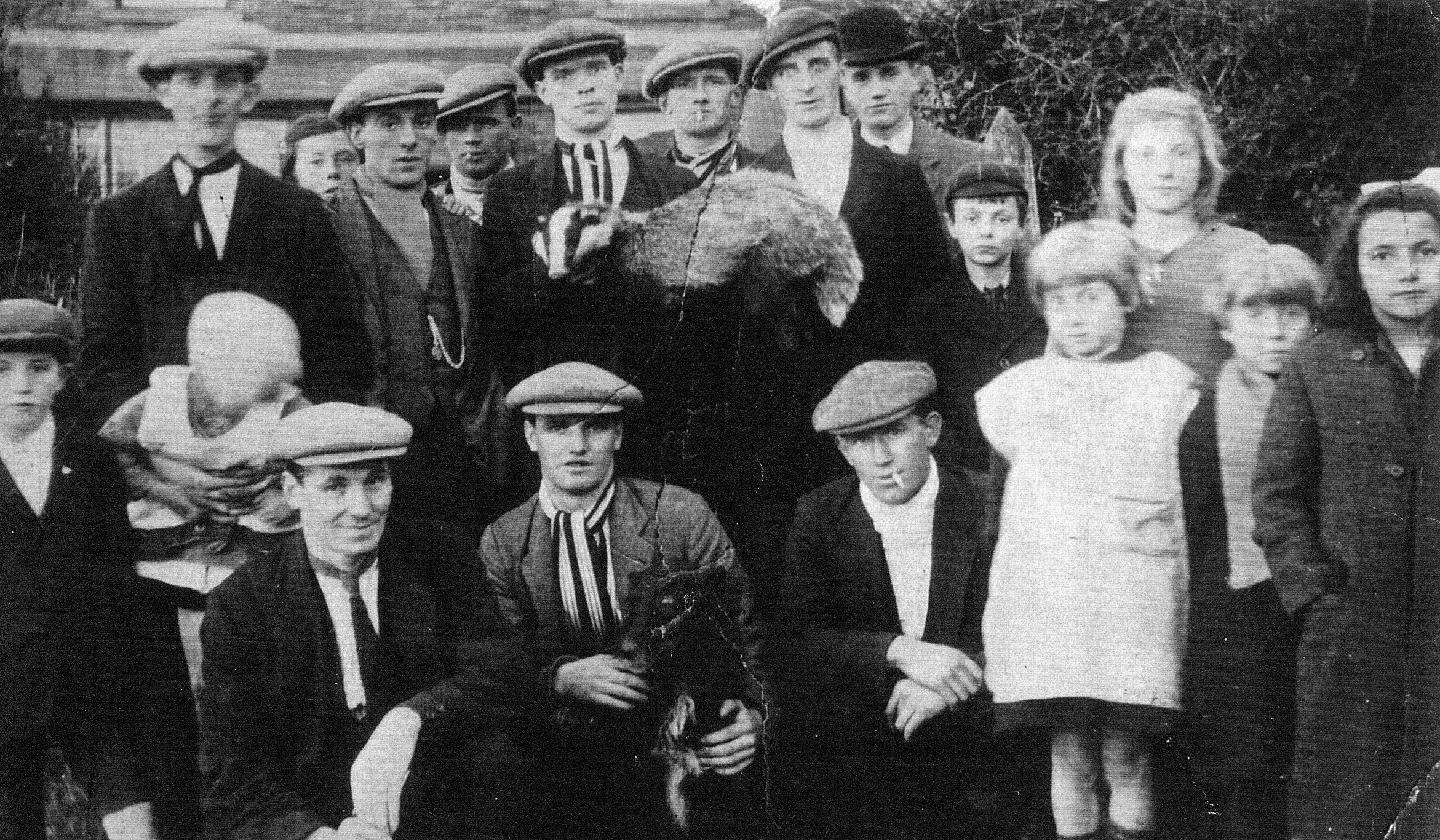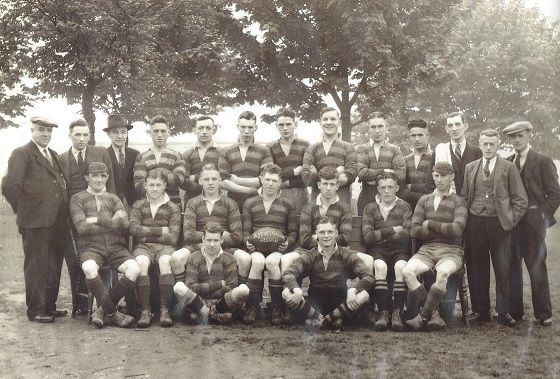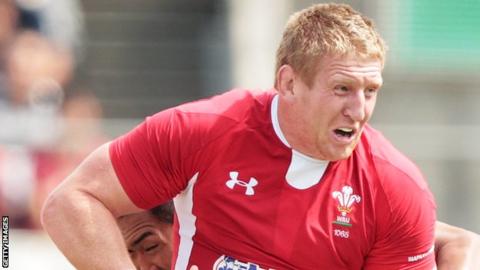
Sports and pastimes in Llantrisant were common across Glamorgan or Wales.
A popular 18th century game being bando, similar to present day hockey. It had no fixed rules and played by anything up to thirty of more players, each wielding an ash club. It involved hitting the ball between the goals and caused plenty of inter-parish rivalry. Another was cnapan, rules game involved the passing of a greasy ball.
Foxhunting was an organised sport and saw hunts established at Llanharan by the Blandy Jenkins family. None took place in Llantriant parish, but local farmers followed hunts of neighbouring squires with great enthusiasm.
The role played by innkeepers was well known particularly the George Inn and landlord John Jenkins who promoted it. In 1847 he began to keep a diary of life in Llantrisant. As an innkeeper he promoted sporting events with several records of lodges who moved into the properties while “training”. He records a number of sporting foot races, including one at Llantrisant Common in 1848 for £20 a side between “John Morgan of Llantwit and an Englishman. Won by the latter”
There was always plenty of fun and sport on fair days and various holidays in the town. The mabsant was held on October 13th every year as a funday in the parish.
The entertainment of cock fighting with bouts likely to take place on two of a flat tomb in the church yard was frequent. William Thomas said in 1764, “Was buried in Lantrissent William Williams, an innkeeper and a great feeder of cocks for 9 days sickness in ye present aged 55 yrs he was son to one Thomas Williams, an innkeeper. He had promised Vicar Harries lately to leave of the cocks, and had gone a sexton to the church.”
In 1778 William Thomas Also noted: “Was buried at Lantrissent old David of Cymmer, formerly of 96 years, one of the greatest gamblers about racing and cock fighting in the parts.”
The most popular game to be played in the area was that of handball or “chware pel”. Three courts were built in the town, with the two surviving examples found behind the Pwysty on George Street and also behind the Workingmen’s Club on Swan Street. Rubber balls were struck by the hand against a three-walled court, almost like today’s game of squash and attracted hundreds of spectators.
At the Court Leet in the Guildhall of October 2 1748 those miscreants who played handball were “profaners of the Sabbath” for playing ball in the churchyard on a Sunday. They were Thomas Jones, Evan Thomas, William Stephen, Harry William, Thomas William, William William, Meyrick William David, Daavid Lewelin, John Giles, Joseph Jones and David William. In one atmospheric Welsh final in 1875, Freeman Dr Ivor Ajax Lewis defeated Mr Lovett of Neath.
The town once had a quoits club and a gymnasium at the National School, plus clubs for tennis, boxing, bull-baiting and cockfighting. In 1889 Llantrisant Rugby Football Club was formed and went on to gain great glory for the sporting tradition of the town. By the 1920s the story that caused the biggest controversy was golf as the Freemen created a course on the Common lands!  In 1956. following the disbanding of the Home Guard, members enjoyed the facilities in the shooting range at the old quarry on Erw Hir. They held their headquarters in the Wheatsheaf when the Bevans were landlords and Llantrisant Rifle Club became a popular sporting pastime. With a growing bowls and tennis club in the vicinity, Llantrisant boasted all manner of sporting activities for the ever-growing population.
In 1956. following the disbanding of the Home Guard, members enjoyed the facilities in the shooting range at the old quarry on Erw Hir. They held their headquarters in the Wheatsheaf when the Bevans were landlords and Llantrisant Rifle Club became a popular sporting pastime. With a growing bowls and tennis club in the vicinity, Llantrisant boasted all manner of sporting activities for the ever-growing population.
With the expansion of Llantrisant and Talbot Green during the early part of the 20th century, the need for leisure facilities was greater than ever. On building the new houses at Penygawsi, the council opened a new bowling green and tennis courts at Southgate. An indoor swimming pool was built, which was eventually replaced by Llantrisant Leisure Centre in 1985.
The first meeting of Llantrisant Bowls Club took place on November 3, 1931 at Trinity Chapel vestry saw a club committee elected. It was agreed the membership fee would be 2s 6d with one shilling paid immediately. The president was Thomas Jenkins while vice presidents including Gomer T. Morgan, Dr J.C.R. Morgan, Peter Jeffries and Richard Grabham. The secretary was instructed to apply to the Welsh Bowling Association for membership and the colours would be Oxford blue with white trimmings. Nobody under the age of 16 could apply for membership and the club asked the District Council for use of the pavillion at Southgate.
Golf also became a popular sport but caused riot in Llantrisant during the 1920s when the Freeman's Common was used. The club was forced to move to nearby Talbot Green and the story of the "Golf Wars" can be read here







